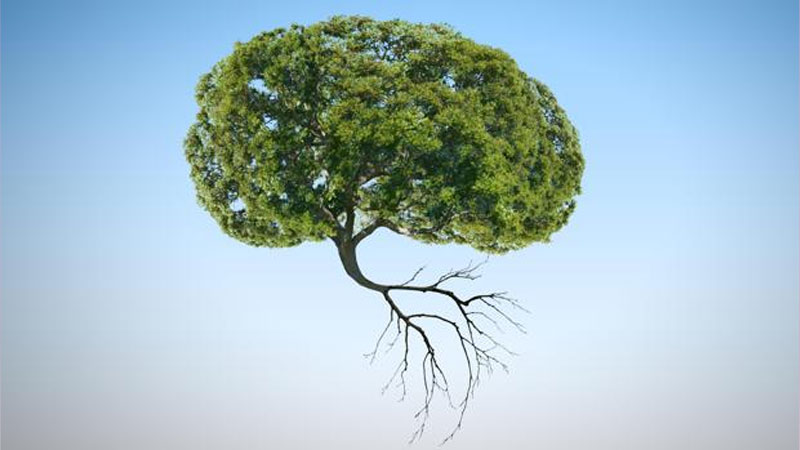
Behind its motionless and undisturbed appearance is a secret and extremely complex life that the plant kingdom has been able to develop without taking its feet off the ground.
Plants are capable of dividing resources and mediating the conflicts that arise with life in society, each leaf and root collaborates for a detailed analysis of the environment, capable of capturing signals that our senses would never be able to perceive.
The leaves need sun, and the roots require shade and fresh water. When space is so important, it is necessary to organize coexistence and for this, plants have developed their own language, transmitted through chemical substances in the roots that serve to warn the entire plantation of dangers in the vicinity.
If the chemical signature of a plant is different from that secreted in the roots of the majority, its presence is denounced to the entire plantation that refuses to give way to the plant from outside.
They are constantly monitoring the nearest water source, the length of the days, the quality of light and what type of microorganisms live nearby and are able to identify volatile compounds, produced by the metabolism of microorganisms, as if they were perfumes. Thanks to this smell, imperceptible to us, they know when fungi and bacteria are nearby.
Large trees such as apple trees exhibit defense responses when they are attacked by insects. They release aromatic molecules into the air, perfumes that attract the birds of the region, causing the insects to be devoured by the them.
About 10% of flowering plants produce latex. In fig and rubber trees, this milky substance is used to mend wounds on the stem, like a surgical glue. But in shrubs and succulents of the genus Euphoria, the latex produced takes a long time to dry and harden, making it useful as a defense mechanism against insects, which get trapped in the viscous liquid and can’t move, so the plant releases poison, which spreads through the latex like a drop of dye in water.
The family of cereals, such as wheat, rice and corn, have very resistant seeds that can lose 95% of the water in their cells and survive and the DNA of any plant still retains the properties that they still had as seeds in dormant form.
Some plants can withstand intense dehydration for months and even years, and at the slightest sign of water, they revive in a matter of hours. For this feat, they are called Resuscitators.


















